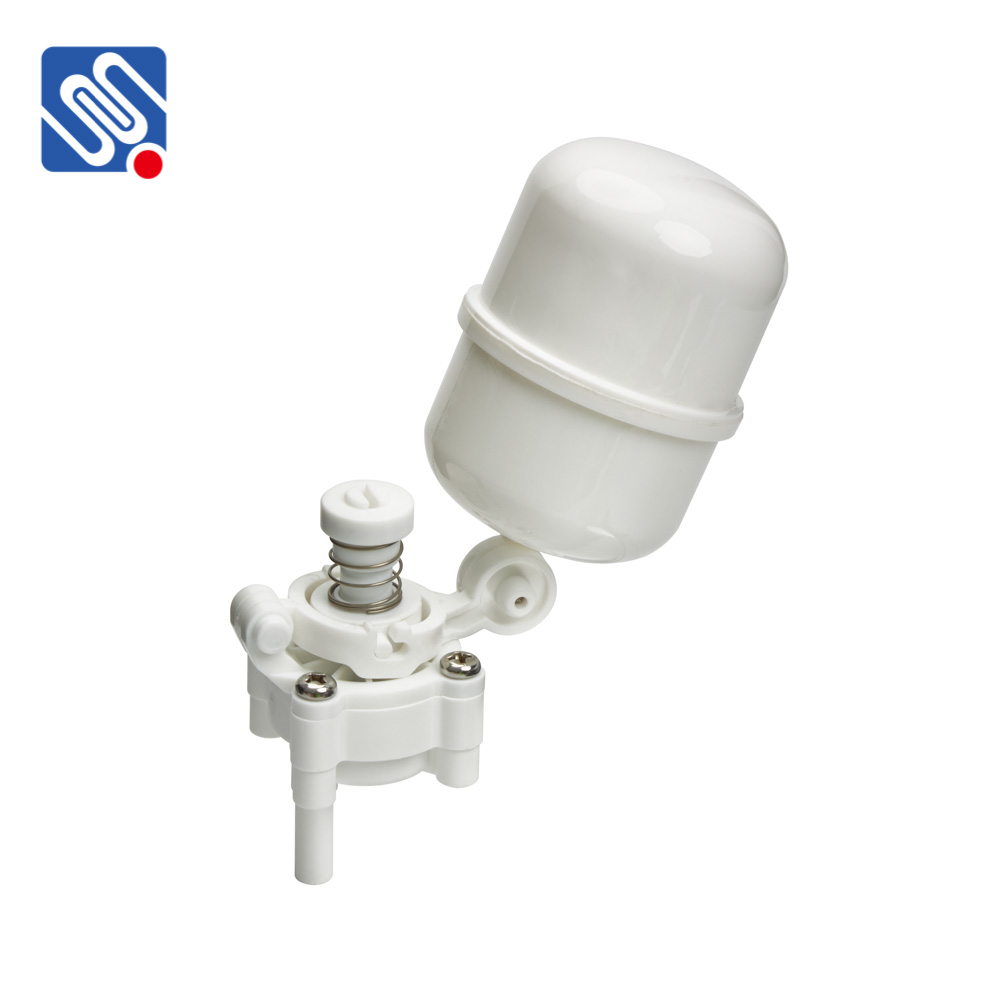
Plastic valves have become an essential component in modern water systems due to their durability, corrosion resistance, and cost-effectiveness. These valves are commonly used in residential plumbing, industrial water treatment plants, agricultural irrigation systems, and even in fire protection networks. Made from materials like PVC (Polyvinyl Chloride), CPVC (Chlorinated Polyvinyl Chloride), PP (Polypropylene), and PVDF (Polyvinylidene Fluoride), plastic valves offer many advantages over traditional metal valves, making them a popular choice in a wide range of applications. In this article, we will explore the different types of plastic valves, their advantages, and how they contribute to the efficiency and reliability of water systems.
